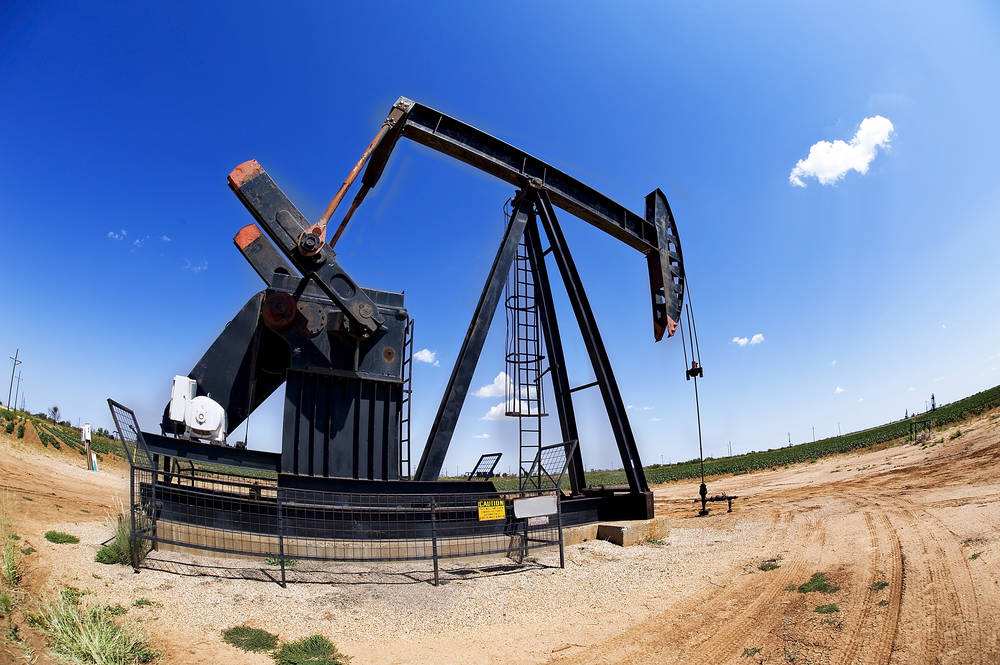Article Archive
Article Archive
- Introduction of Cement Slurry System (Part 1)
- Introduction of Cement Slurry System (Part 2)
- Introduction of Cement Slurry System (Part 3)
- Introduction of Cement Slurry System (Part 4)
- High Temperature and High Pressure Cementing Technology
- Low Density Cementing Slurry Technology
- Anti Gas Channeling Cementing Technology
- Drag Reducing Agents (DRA) or Drag Reducers (DR)
- Nitrogen Surfactant Compound Huff and Puff Technology
- Oil Washing Technology for Increasing Production
3. Performance evaluation of cementing retarder ZOC-H50S
3.1 high temperature retarding performance
Generally, with the increase of temperature, if the thermal degradation chain breaks, the polymer retarder will have obvious heat change and mass loss, and the retarding effect will be greatly reduced or even completely lost. Therefore, retarders need to maintain good retarding effect at high temperature. In order to evaluate the high-temperature retarding performance of ZOC-H50S, the thickening properties of different dosages of ZOC-H50S cement slurry system were tested at different temperatures (table below and below). The base slurry formula was grade G oil well cement + 35.0% silica fume + 4.0% fluid loss reducer ZOC-G712H-L + 0.6% sulfonated acetone formaldehyde dispersant ZOC-F46L + 48.3% clean water.
Table 1: test results of thickening performance of cement slurry containing ZOC-H50S
.png)
Figure 2: relationship between thickening time and temperature of slurry containing ZOC-H50S
Figure 3: thickening curve of 4.0% ZOC-H50S cement slurry at 180 ℃
It can be seen that the effective transition time of cement slurry can be adjusted from 1 ℃ to 70 ℃. It can be seen from Fig. 2 that at 120-200 ℃, at the same dosage of ZOC-H50S, the thickening time of cement slurry decreases with the increase of temperature, and the relationship between them is basically linear; under the same temperature condition, the thickening time of cement slurry increases with the increase of ZOC-H50S dosage. It can be seen from Figure 3 that there is no "bulge" and "twinkling" and other abnormal phenomena in the thickening process of 4.0% ZOC-H50S cement slurry at 180 ℃ (bottom hole circulating temperature). The trend of consistency curve is stable and the transition time is short, basically showing "right angle" thickening. This is beneficial to prevent oil, gas and water channeling in the annulus, which can meet the cementing requirements of high temperature deep wells. Therefore, ZOC-H50S has good high temperature retarding performance. In addition, the thickening time of cement slurry can be effectively adjusted by adjusting the dosage of ZOC-H50S according to different cementing requirements.
In order to further observe the high temperature resistance of ZOC-H50S, differential scanning calorimeter 204f1 and thermogravimetric analyzerTGA-Q500 were used to analyze the high temperature resistance of ZOC-H50S. The results of DTA show that the maximum melting peak appears at 323.7 ℃. According to the analysis of TGA results, the mass loss of ZOC-H50S is 3.4%, 37.8% and 5.3% respectively in the temperature range of 16 ~ 266 ℃, 266 ~ 398 ℃ and 398 ~ 450 ℃. Therefore, when the temperature is higher than 266 ℃, ZOC-H50S has obvious heat change and mass loss, which indicates that the molecular structure of ZOC-H50S is stable and has good high temperature resistance.





.png)